Being on the road means focusing on what’s ahead of you to avoid accidents, especially at night! However, when car lights flicker or dim, it can be distracting and dangerous. Whether it’s the dashboard or your headlights that flicker, addressing the issue immediately will help prevent further problems. So, we’ve done our research and produced potential solutions to help you.
Several issues can cause your car’s lights to go haywire. Among these are:
- A dying battery
- Faulty alternator
- Connection issues
Inspect your car to diagnose the main issue. From there, fixing your vehicle’s lighting issues should be easier.
Fixing the issue is one thing, but figuring out the primary cause is a different problem altogether. Read what’s below to learn all you can before taking care of your car’s lights.
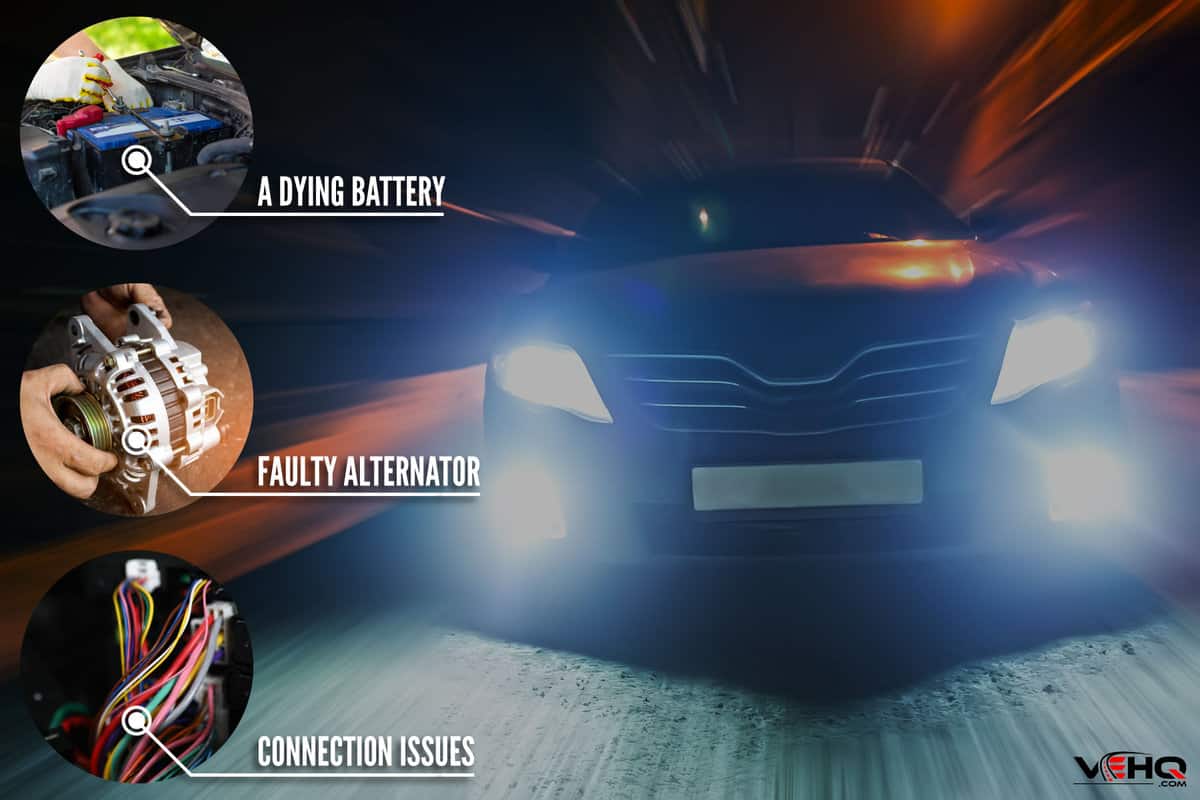
Why Do My Lights Flicker When I Press On the Gas?
Pressing on the gas causes a current to build up in the car’s starter motor. Your vehicle has to cope with the surge and provide enough energy to match it.
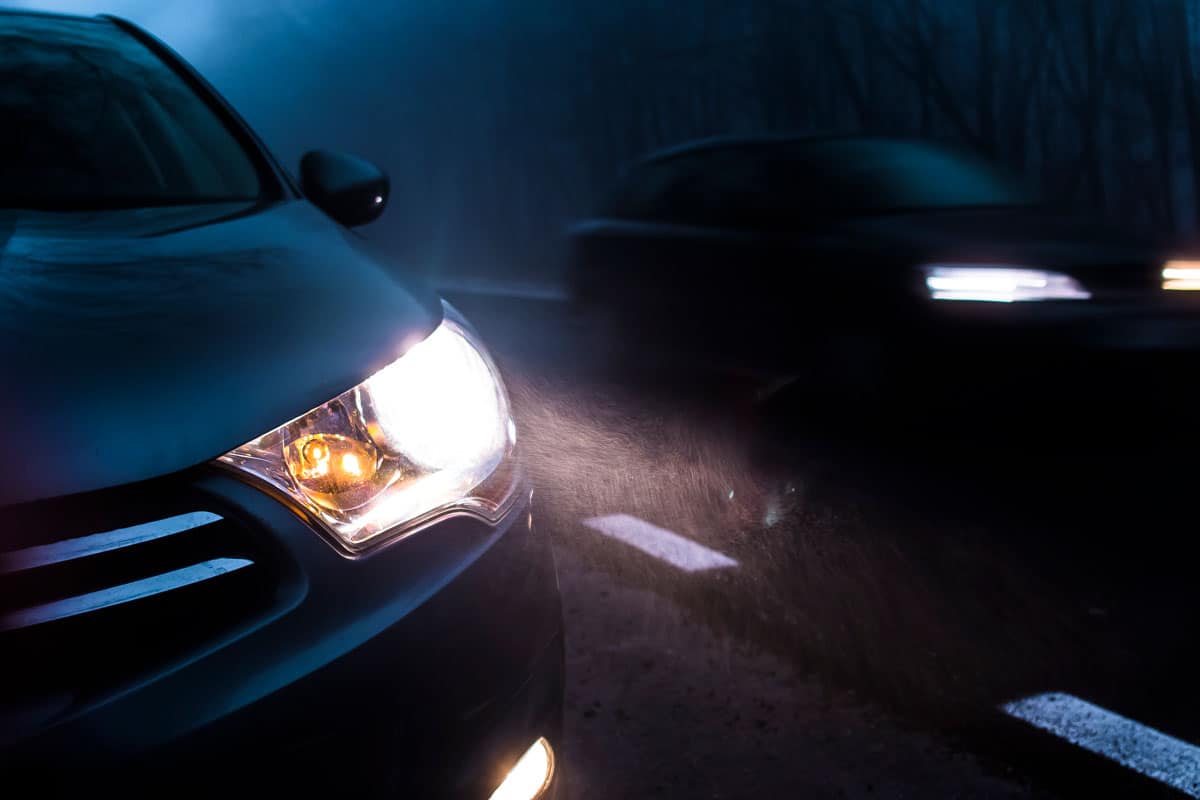
If all components work together as intended, your car will start and you’ll drive off without a second thought. The light issues start when your vehicle’s electrical system has one of these:
A Weak Battery
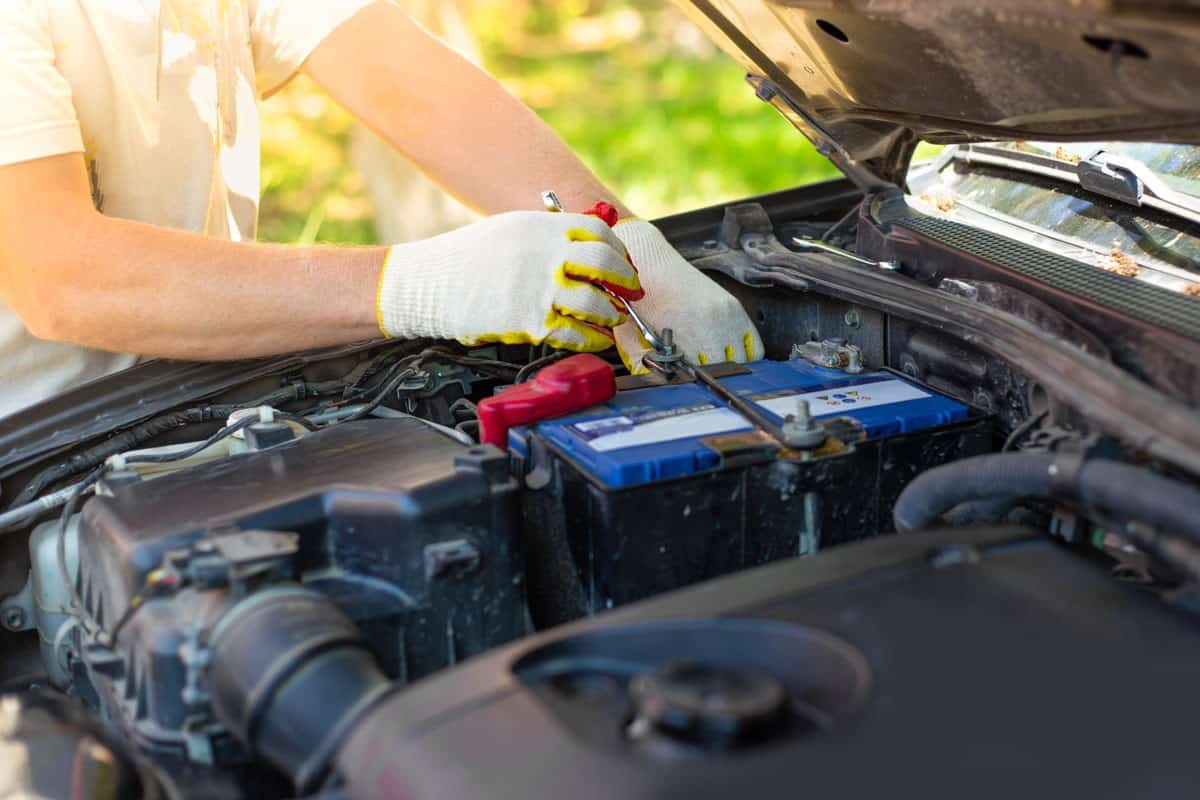
The battery is where your car gets the energy it needs to start up, and to run electrical components like your radio and lights. On its own, the battery can last up to three years before you’ll need to replace them. However, consider checking your battery from time to time.
One thing to watch out for is swelling. Car batteries power themselves via chemical reactions happening inside the case. A reaction like this is extremely volatile, and the smallest things can cause considerable changes, like the average temperature in your area.
Check inside the battery, too. You should see a green light at the top of the battery if all is as it should be. If you don’t, it can mean that your battery needs some more fluid.
If the battery looks fine as it is, try starting your car. A car with a dying battery will produce clicking sounds when you turn the ignition. It’s a sign that your battery’s remaining power is not enough for the starter motor to work.
Once the symptoms present themselves, you’ll know it’s time to buy a new battery.
How Do I Keep My Battery From Dying Faster?
The best way to do so is by getting the right type of battery for your situation. Assess your location’s average temperatures when choosing a new battery. If you live in hot areas, AGM batteries are your best bet.
These batteries have a sealed case, preventing the loss of fluid from extreme heat. They’re also a low-maintenance option because of this feature.
For colder climates, consider batteries with higher CCAs. "Cold Cranking Amps" are the industry standard for a battery’s ability to start in lower temperatures. With a high enough rating, starting up and supplying power to your car won’t be an issue. These batteries also have the perk of being resistant to freezing, further improving your battery’s longevity.
Avoid using your battery when the engine is off, too. It causes your battery to discharge most of its capacity at once. A deep discharge like this makes it difficult for the battery to recharge itself.
When you do manage to recharge it, the chemical reaction is much more volatile. The solution inside the battery can damage its plates or casing when this happens.
A Worn Alternator
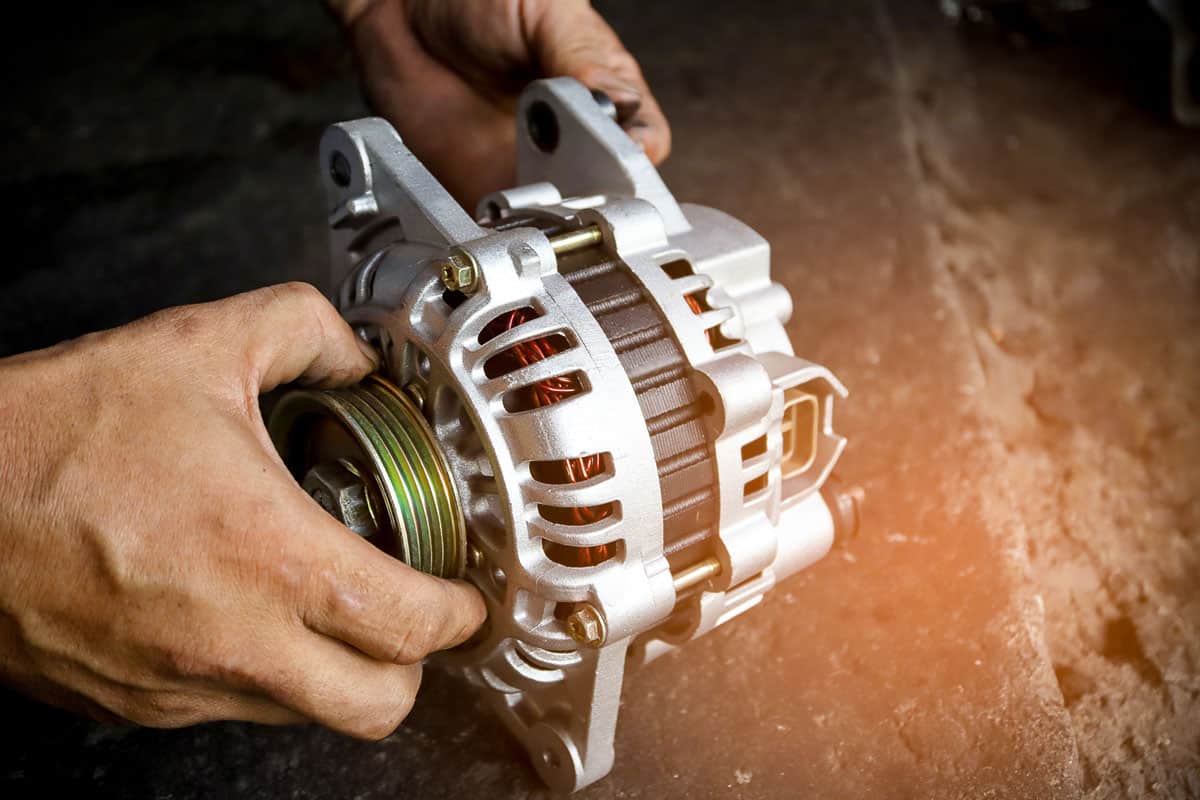
The alternator supplies electrical energy throughout your car. It works together with the battery to produce said electricity, and for regulating it. This way, nothing in your car gets damaged from having too little or too much power.
Alternators rarely require much attention. They often last as long as your car does, too. This makes it harder for people to identify if they have a bad alternator.
What Are the Signs of a Bad Alternator?
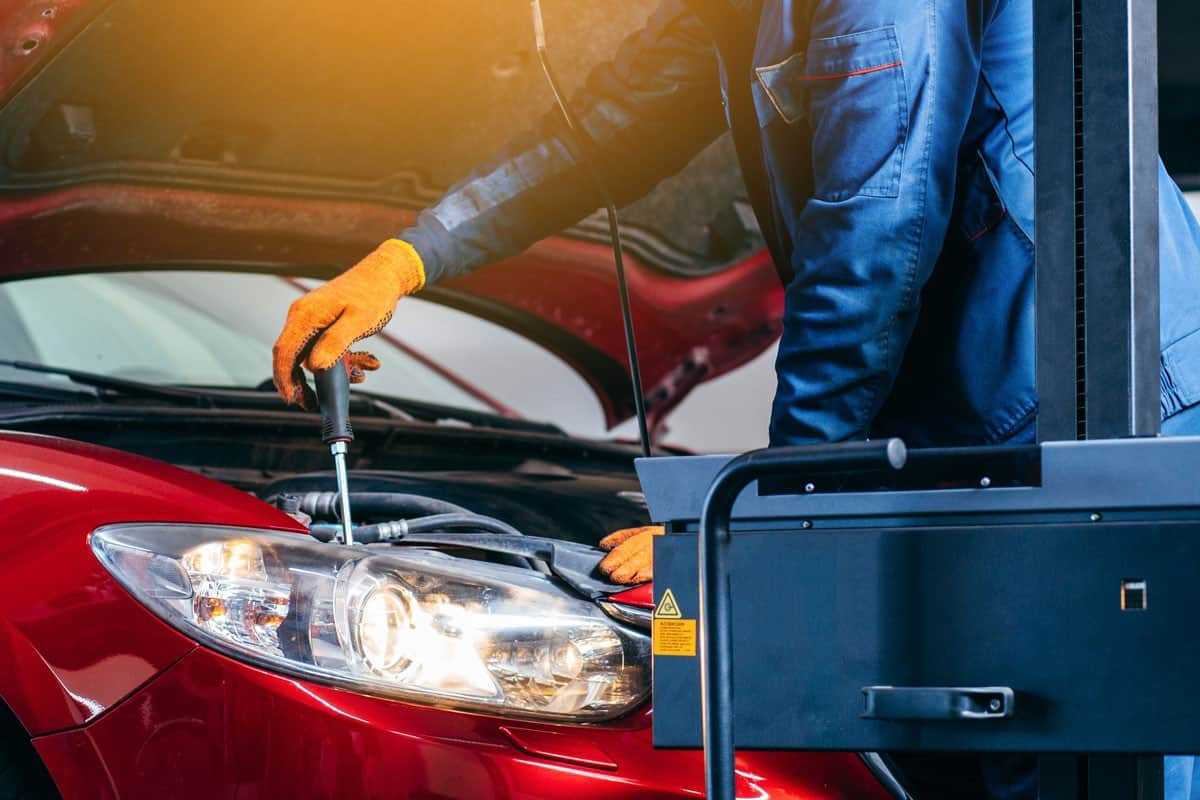
Is your battery dead most of the time? It’s a sign that your alternator isn’t functioning as it’s supposed to. The alternator helps your battery out by returning a small part of the current that it produces. It’s how the battery recharges itself as you drive from place to place.
A bad alternator fails to bring enough power to recharge the battery, causing it to die. Even if it passes some current along, it’s often not enough. This causes your car to stall when trying to start it up.
The electrical accessories in your car can also point to a faulty alternator. Since it can’t distribute power evenly throughout the vehicle, some functions will have a delayed response when you use them.
The Bluetooth function in your stereo won’t work properly, the windows refuse to go up or down, and of course, your lights start to become dimmer when you have a bad alternator in your car.
How Do I Test My Alternator?
Since many bad alternators go unnoticed, you’ll want to see if yours is ideal or not. You’ll only need a voltmeter to conduct the test and a pair of rubber gloves to prevent electrical accidents.
First, get a reading on your battery that measures around 12.6 volts. That’s the regular voltage of a car battery at rest. After that, start the car and read the measurements again.
An increase in your battery voltage means the alternator is working as it should. However, the voltmeter should register around 14.2 and 14.7 volts. Any higher or lower means your alternator is overcharging or undercharging your battery.
Issues With Wired Connections
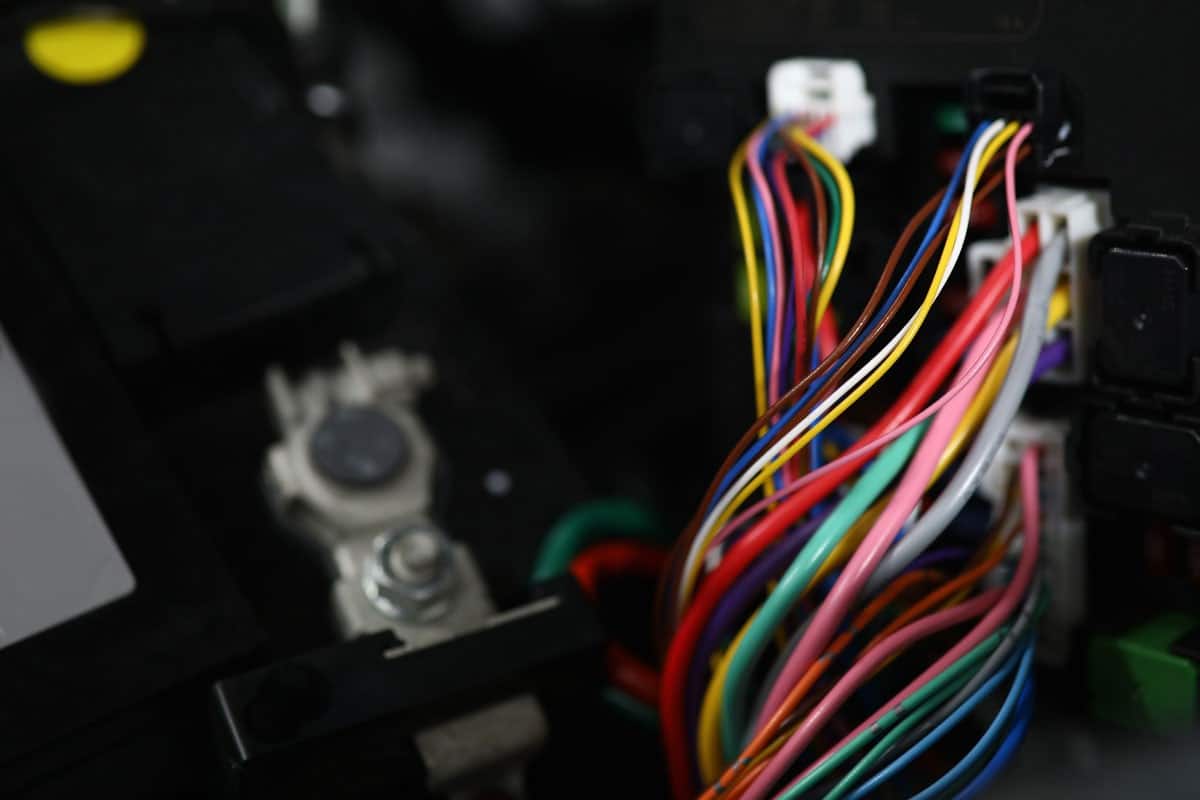
Sometimes, the lighting issue can stem from something as simple as a wiring problem. Your car often gets these problems after experiencing some physical damage. Even a slight bump from another car could knock out a wire and cause the surrounding connections to melt.
While it’s easier to fix wiring problems than those above, it’s still quite the challenge. A car has tons of wires sprawled across the dashboard, and even more connecting to your tail and headlights. In this case, it’s best to approach a specialist and have them look at your car’s inner workings.
Drive With Confidence Knowing Your Lights Won’t Fail
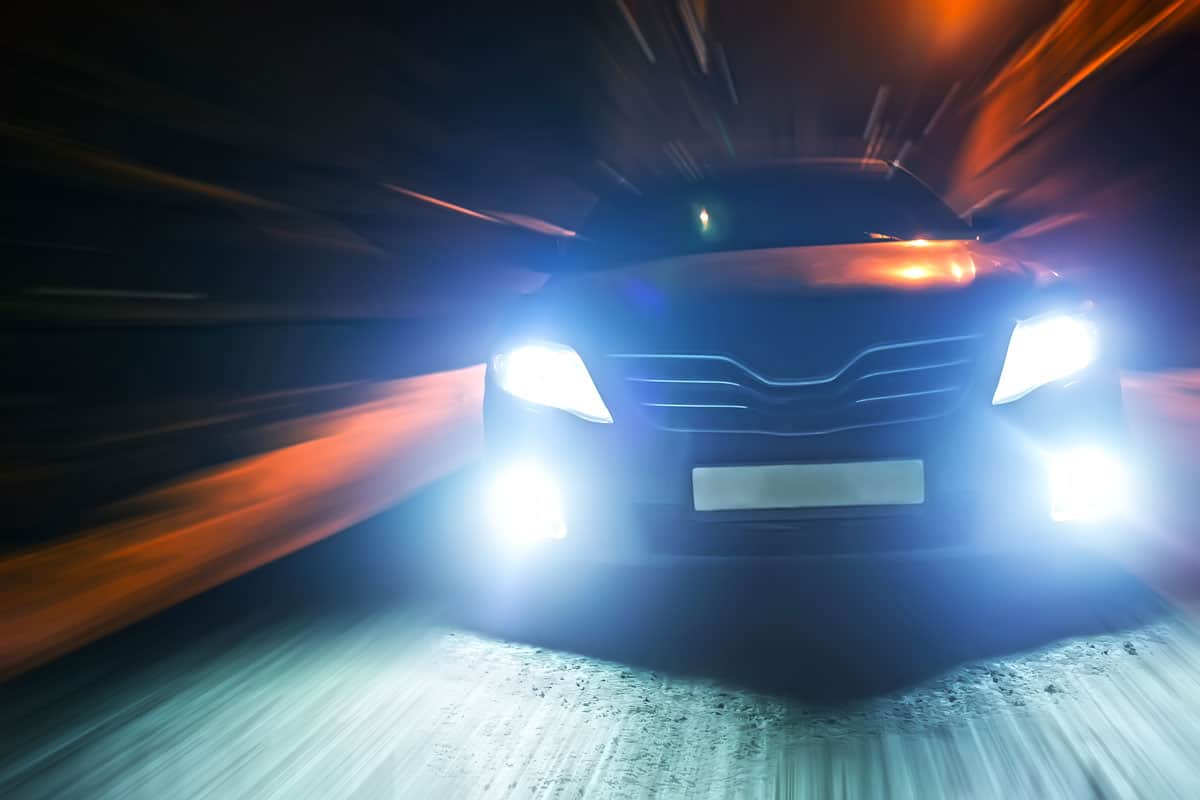
It should be much easier to identify the potential cause of your lighting problem. With that out of the way, there will no longer be any danger whenever you’re behind the wheel. Any future lighting issue won’t last long with what you’ve learned today!
Need to troubleshoot another lighting issue on your car? Check out our related posts:
